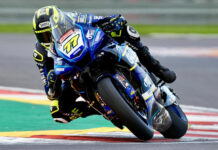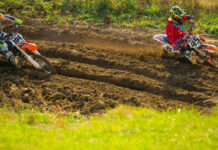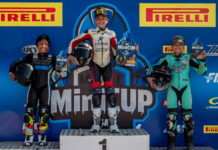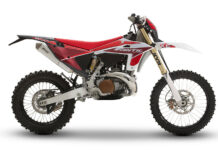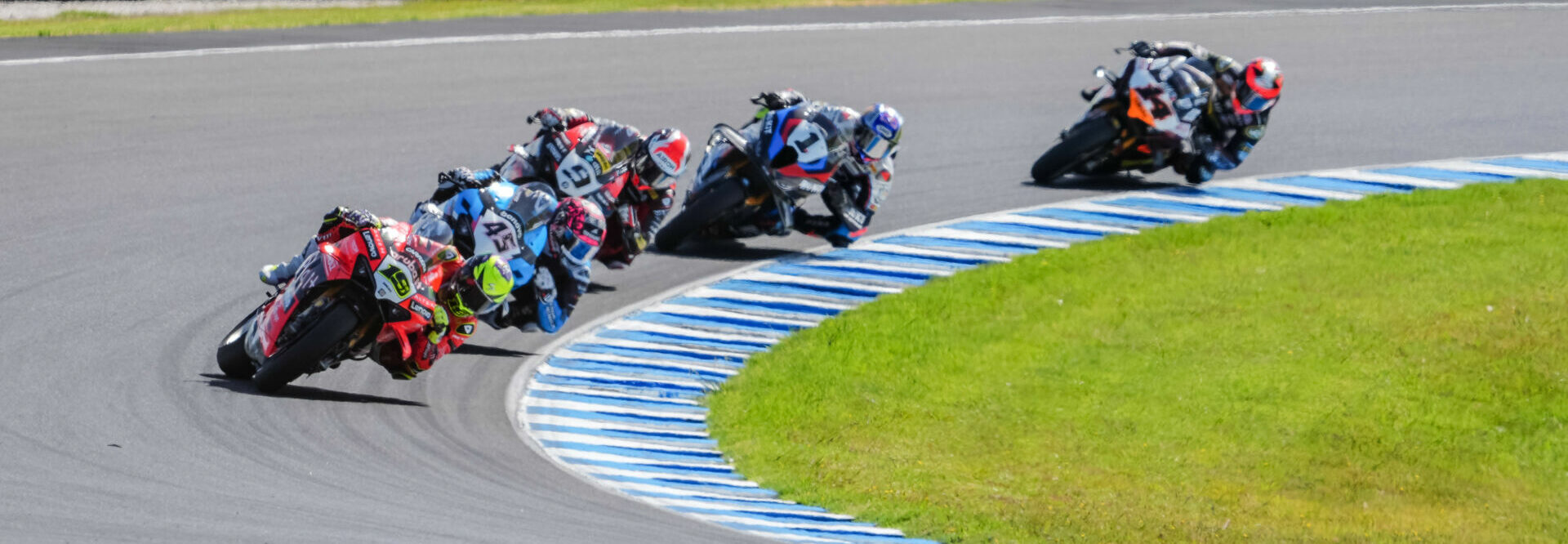First Person/Opinion
By Michael Gougis
The outcry probably started before the last bike crossed the finish line at Phillip Island this last weekend. Never mind that Phillip Island is always an outlier, an aberration compared to the results over the rest of the Superbike (and Grand Prix, for that matter) World Championship season. Never mind that last year’s Superbike Champion Toprak Razgatlioglu was injured for much of the off-season and is still not entirely 100%. Never mind that rain washed away much of the off-season testing time, that multi-time Champion Jonathan Rea is out with injury, that BMW has lost its “super concessions” chassis. Never mind that many highly talented riders have migrated to Ducati, which will sell a podium-capable Superbike to anyone who can demonstrate they know how to run a World Championship-level race program. Never mind that Ducati has more machines than almost anyone else in the field to gather and share data.
The complaint is one that is all too familiar: The rules favor Ducati. Razgatlioglu even threatened to quit if the series continues to be, as he put it, “a Ducati Cup.”
At first glance, it’s a legit concern. After three races, eight of the nine podium places were taken by Ducati riders. Razagtlioglu’s second place in Race One in Australia made him the only non-Ducati rider in the top five of any of the three races. Ducati had six bikes in Race Two and locked out the top six.
Even with the mitigating factors mentioned above, the series organizers have left their new 2025 regulations open to criticism, even if they have factored in the ability to quickly respond to domination by one manufacturer. Explanations aside, it just looks bad!
The big change this season is the elimination of rev limits. For the past several years, the series has attempted to balance the performance of different machines by putting different rev ceilings on different bikes. Last year, ballast was added to bikes if the rider/bike combination was below a certain mark.
The ballast regulations remain, but the rev limits are gone. Instead, the series has adopted a fuel flow limit of 47 kilograms of fuel per hour. Phillip Island was the first place the new restrictions were in place.
A look at trap speeds tell part of the story. Last season, Xavi Vierge on the Honda CBR 1000 RR-R was by far the quickest down the straight at Phillip Island, clocked at 335.4 kph (208.4 mph). This year, the fastest machine was Danilo Petrucci’s Barni Spark Racing satellite Panigale V4 R, which tripped the radar gun at 332.9 kph (206.8 mph). Not a lot of change. Last year, looking at the overall weekend of the riders who finished in the top 15 in Sunday’s full-length race, the gap between the fastest and slowest machines was 9.1 kph (5.65 mph); this year, the gap was 12.8 kph (7.95 mph). And the abnormally slow top speed of Remy Gardner’s YZF-R1 makes that gap look bigger than it really was. Gardner was not just 6.2 kph slower than last year, but 7.7 kph slower than the only other Yamaha in the top 15, the factory bike ridden by Andrea Locatelli. Lose Gardner’s mark and the next-slowest machine was Sam Lowes’ satellite Ducati, clocked at 324.9 kph, and the gap comes down to 8 kph (4.97 mph).
Obviously, top speeds don’t tell the whole story. But it’s clear that the fuel restrictions aren’t very, well, restrictive. The fastest Ducatis last year tripped the beam at 331.3 kph, so the trade-off between restricted fuel flow and unlimited revs meant a change of 1.6 kph (0.99 mph) on the top end.
Compared to MotoGP, the Superbikes are allowed to burn a bit more fuel per hour. MotoGP bikes are limited to 22 liters of fuel, and their races run about 40 minutes, so they are burning roughly 33 liters per hour. At 47 kg per hour, Superbikes are burning 35.25 liters per hour. So the restrictions are not particularly limiting – yet. The rules allow for reductions of 0.5 kg/hour every other round.
Another new regulation went quietly under the radar over the weekend. The bimota by Kawasaki KB998 has been homologated with moveable wings, although it is not clear whether the team has tried them yet.
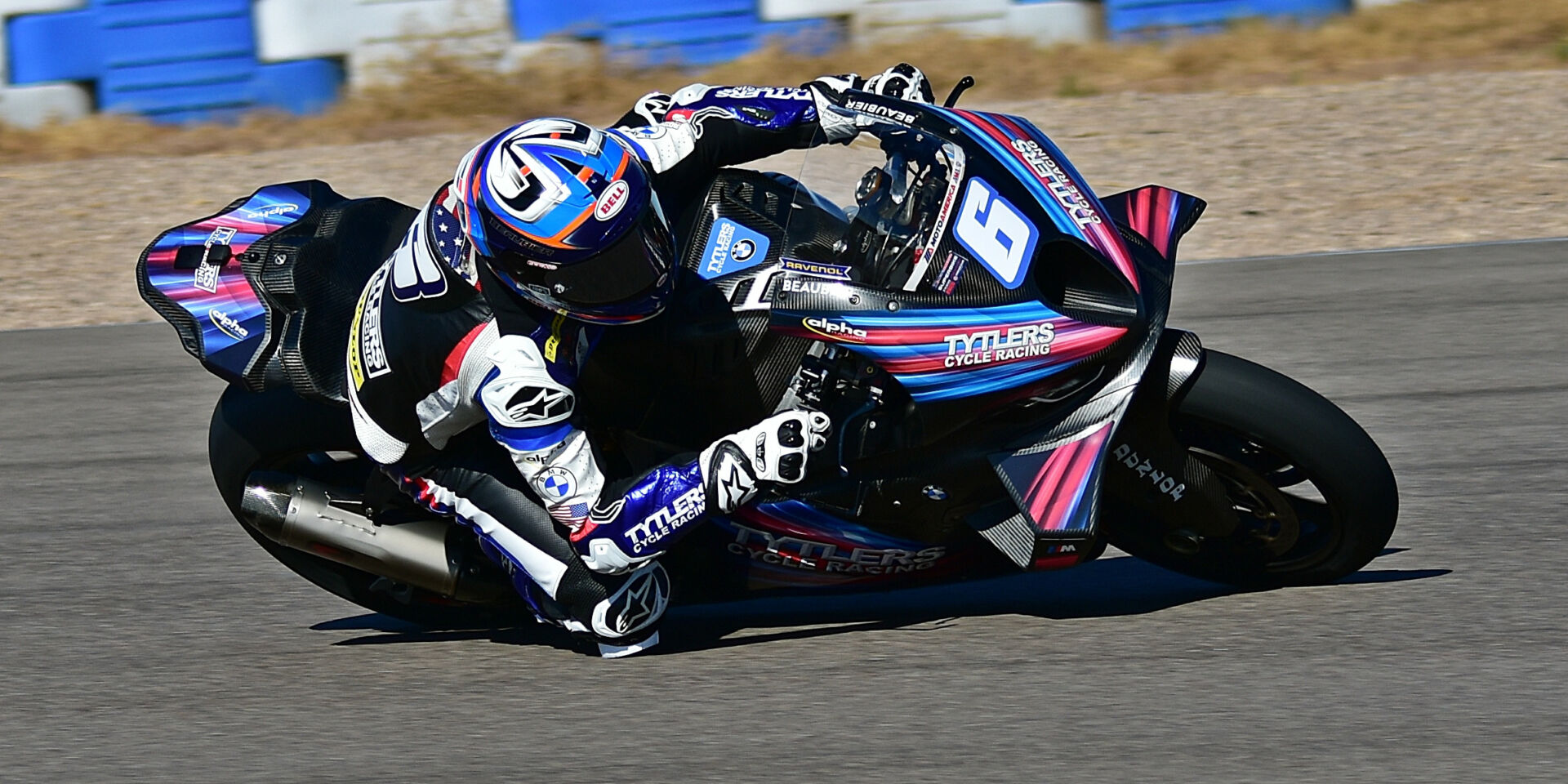
At the official Dunlop pre-season MotoAmerica test at The Podium Club this weekend, it was clear that the gap in the spec between the World Superbikes and the machines raced in the U.S. was growing. No one at the Arizona test was in favor of ditching rev limits and instituting fuel flow restrictions in MotoAmerica competition. Cost was cited as the key factor, as well as difficulties in enforcement. With four race-winning or podium-scoring Superbike rides from last season apparently disappearing for 2025, there was little enthusiasm for increasing the cost of competing in the class.
And the idea of moveable aerodynamics also was not one that finds a lot of support in the MotoAmerica paddock. One team principal described it as a gimmick. Another crew chief pointed out that static aero devices like wings have increased costs in unexpected ways–a simple lowside can damage not just the aero, but all of the fairing bits that the wings are attached to.
Maybe it’s OK if World Superbike and MotoAmerica go separate paths. Clearly the economics for each series is different. Maybe it makes a lot of sense for each to adopt regulations that fit their individual needs and to help build healthy, full and competitive grids. If rev limits and restricted aero are what is best for MotoAmerica, it doesn’t make sense to change that system for something that is still, based on Phillip Island, a work in progress. So far, there’s no sign that MotoAmerica is going to switch to fuel flow restrictions. Here’s hoping it stays that way…


